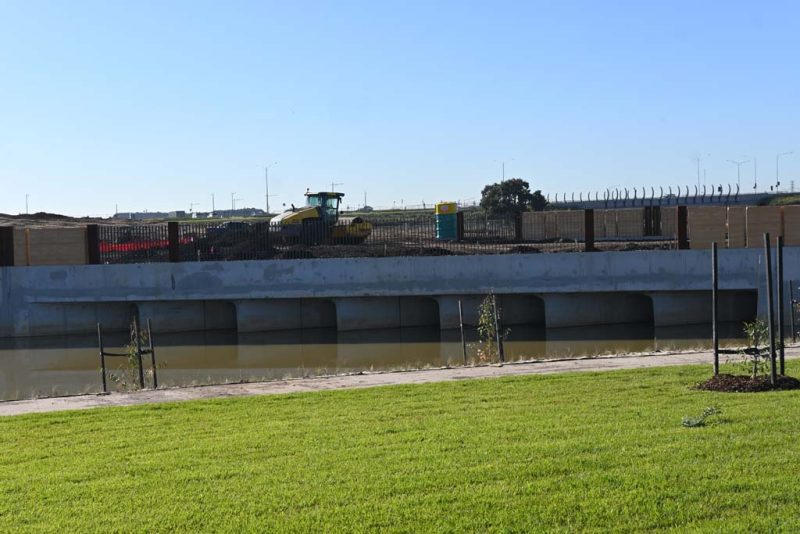Large Culvert Construction: Building Critical Infrastructure to Manage Water Flow
05 March 2024
Secure infrastructure resilience and optimal water management with large culvert construction by BridgeCon. Manage water flow effectively. Call 0401 511 641.
Large culvert construction is a vital building process that can be effective in managing the water flow in highways, railways, and drainage systems. Large culverts are structures that prevent flood, erosion, and water-related damage by safely conveying water beneath roads, embankments, and other structures. At BridgeCon, we carry out the construction of these structures to effectively contribute to proper management and infrastructure resilience.
A Quick Overview of Culverts
Culverts are tunnel-like structures that allow water to flow beneath roads, railways, or other obstacles. Large culverts are typically used in areas where the volume of water to be conveyed exceeds the capacity of smaller culverts or drainage systems. They come in various shapes, sizes, and materials, including concrete and corrugated metal, depending on the specific application and site conditions.
Large Culvert: Primary Roles
Large culverts play a variety of roles in structures and communities. They include the following.
• Prevent Flood: Large culverts help prevent flooding by safely routing water away from roads, bridges, and other infrastructure. By providing a controlled pathway for water flow, culverts reduce the risk of inundation and minimise damage to surrounding properties and structures during heavy rainfall or storm events.
• Control Erosion: Culverts likewise play a significant role in controlling erosion by directing water away from vulnerable areas such as embankments, slopes, and stream banks. By stabilising the soil and preventing scour, culverts help maintain the integrity of infrastructure and protect adjacent land from erosion-related damage.
• Protect Infrastructure: Large culverts contribute to the resilience of transportation networks and drainage systems by ensuring uninterrupted water flow, even during extreme weather events or natural disasters. By facilitating efficient water management, culverts can mitigate the impact of flooding and reduce the vulnerability of infrastructure to damage and disruption.
Constructing Large Culverts
The construction of large culverts by BridgeCon involves several steps, including site preparation, excavation, foundation preparation, culvert installation, backfilling, and surface restoration. The process may vary depending on factors such as site conditions, project specifications, and environmental regulations. Some considerations during construction include ensuring proper alignment, adequate drainage capacity, and structural integrity of the culvert.
Large culverts are constructed using durable and corrosion-resistant materials such as concrete, corrugated metal, or high-density polyethylene or HDPE. The selection of materials and design specifications depends on factors like anticipated flow rates, soil conditions, environmental considerations, and project budget. To ensure these culverts meet performance requirements and withstand anticipated loads and environmental conditions, they must be designed and constructed properly. We, at BridgeCon, can help you with their planning and construction.
Large culvert construction is essential for managing water flow and protecting critical infrastructure from flooding, erosion, and water-related damage. They can ensure the resilience of transportation networks, drainage systems, and other infrastructure assets by safely conveying water away from vulnerable areas. By investing in well-designed and properly constructed culverts, you can enhance your community’s capacity to withstand extreme weather events, mitigate flood risks, and maintain the integrity and functionality of infrastructure systems for many years and even decades to come.
Optimized by: Netwizard SEO

